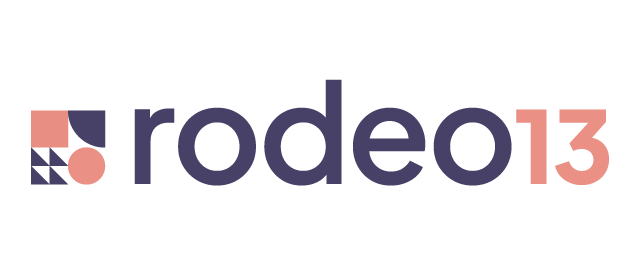You may have heard the phrase, “Content is king”. It's true.
Content is your most powerful asset in B2B marketing. It helps build brand awareness, establishes thought leadership, and provides valuable information to prospective clients.As Artificial Intelligence is gaining popularity among marketers, it’s crucial to prioritize content quality before quantity. Bland content can be detrimental to your SEO ranking and can hinder your brand’s efforts to grow.
Creating and executing a successful content marketing strategy is not easy. It requires careful planning, resource allocation, and continuous optimization. This is where a content calendar comes in handy.
The Importance of a Content Calendar
Outlining the content you plan to create and publish over a certain period helps you organize your marketing efforts, align your content with your business goals and target audience, and ensure a consistent flow of content.
There are several benefits to creating a content calendar:
- Better Organization
A content calendar lets you organize your content in advance, so you don't have to scramble to come up with ideas or rush to meet deadlines. It helps you stay on track and avoid last-minute stress. - Improved Quality
Planning your content in advance means you can take the time to research, write, and edit your content thoroughly. This leads to higher-quality content that resonates with your buyer personas. - Consistency
A content calendar ensures that you publish content consistently. Consistency is key to building trust with your audience and establishing yourself as a thought leader in your category. - Resource Allocation
Planning your content in advance means you can allocate resources and budget more effectively. You can identify the types of content that require more resources and plan accordingly. - Optimization
Having a pre-planned content calendar allows you to measure the performance of your content and adjust your strategy accordingly. You can identify what works and what doesn't, and optimize your future content to achieve better results.
Here is a 7-step process to make sure your content calendar delivers results:
Step 1: Get Clear on Your Audience
The first step in creating a content calendar is to make sure you know your audience. Who are you writing for? What are their interests, pain points, and challenges? How can your content help them achieve their goals? Pull up your persona research and use it as a reference point.
Step 2: Define Your Content Pillars
Taking your personas, industry trends, and current “hot topics” in your category and/or niche, brainstorm a few main content themes (pillars). You can use tools like Google Trends, SEMrush, and SparkToro to help you.
For example, for a user experience research agency, a few pillars could be, “Design Thinking”, “Product Development” and “DIY UX Research”. Think of these as high-level content categories.
Step 3: Brainstorm Ideas
Come up with a few blog title ideas. You can call on AI tools to help you but keep your buyer personas in mind at all times. The best pieces of content show true expertise on the subject matter, are helpful, and contain action steps. Google’s Helpful Content Update was rolled out in late 2022. “Keyword-proofing” articles and making sure they hit the 500-word mark is not enough anymore.
Here are a few guidelines straight from Google - if you answer "yes" to these, you're on the right track:
- Does your content clearly demonstrate first-hand expertise and a depth of knowledge?
- After reading your content, will someone leave feeling they've learned enough about a topic to help achieve their goal?
- Will someone reading your content leave feeling like they've had a satisfying experience?
Step 4: Choose the Right Content Formats
Choose the right format based on your goals and resources. Categorize your content ideas into your previously defined content pillars and buyer intent stages.
Some of the most popular content formats are:
- Blog posts
- Case studies
- Whitepapers
- Podcasts
- Webinars/online events
- Guides/infographics
- Reports
Step 5: Plan Your Content
Don’t get overwhelmed. Plan only the next 6 months ahead. Distribute your content equally across channels and formats. It’s helpful to leave some breathing room for ad hoc things or changes. Use Excel/Google Sheets, or advanced project management tools like Notion, Trello, or Asana to help you keep track of your content schedule.
Step 6: Measure and Adjust Course
Define the key metrics you’re going to track. Use tools like Google Analytics, Hubspot, SEMrush or Ahrefs to measure the performance of your content.
Based on your data, you can decide to adjust your content calendar. You may decide to change the types of content you create, the frequency of publication, or the distribution channels.
Step 7: Recycle
The final step is to find ways to recycle your content. Recycling your content means repurposing it into different formats or updating it with new information. This saves you time and resources and helps you reach a wider audience.
For example, you can turn a blog post into a video, infographic, or podcast. You can also update an old blog post with new statistics or trends.
***
In short, a content calendar is a crucial tool for B2B companies that want to create and execute a successful content marketing strategy. Follow the steps outlined in this article to create a content calendar that aligns with your business goals and buyer personas. Remember, content marketing is a long-term game, and consistency and optimization are key to success.
